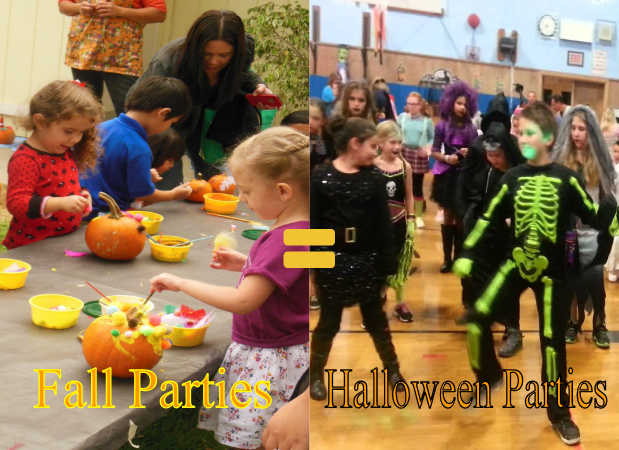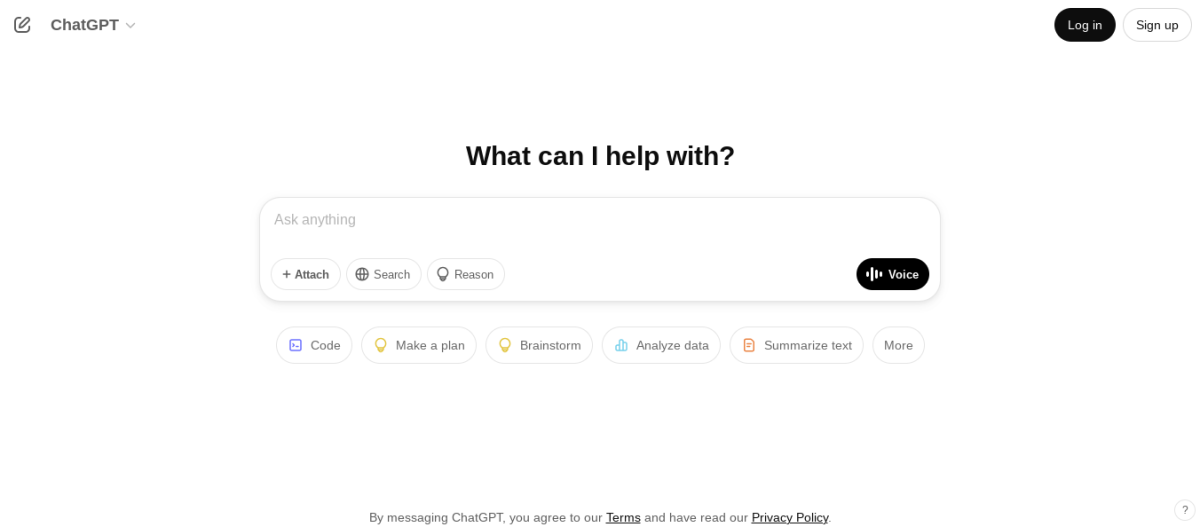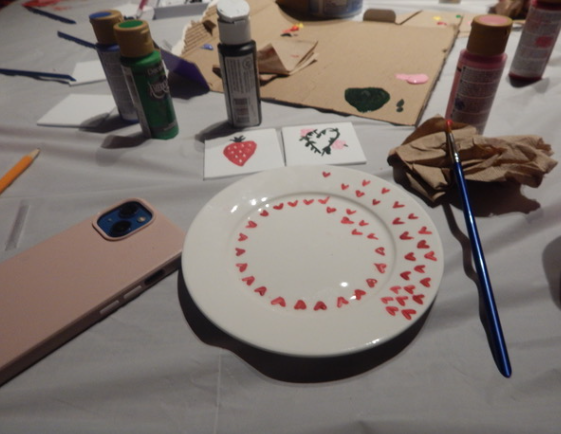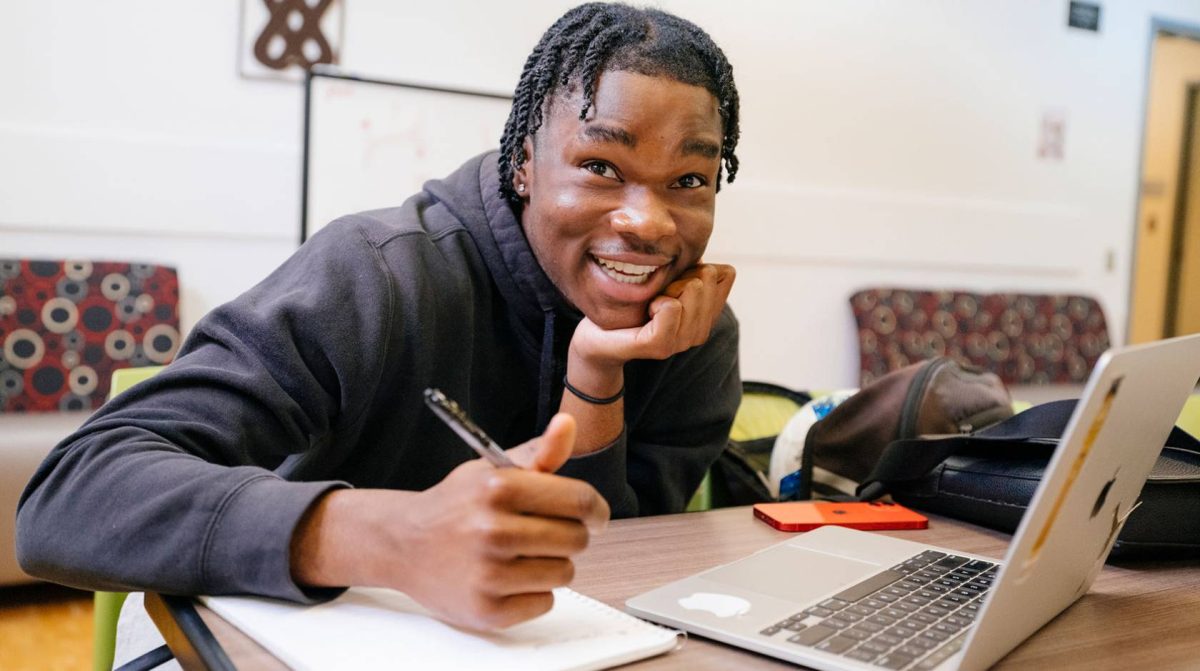Since the pandemic, the state of Maryland and many other states have canceled or refocused the theme of Halloween parties due to the fear of excluding young children.
The history of Halloween started with the Celts of ancient Ireland. November 1 marked the day of transition from the warm summer months to the cold winter months. The Celts decided on October 31 to celebrate the holiday Samhain, prior to the seasonal transition.
Samhain was a holiday in which people would wear costumes and masks to disguise themselves as harmful spirits so that the spirits would avoid them. The holiday Samhain is now famously celebrated as Halloween.
Halloween entered the United States in the 1840s, and ever since then, it has been a popular holiday. Many children look forward to dressing up and going door-to-door to get candy. In the past, schools would celebrate Halloween sometime during the last week in October. During the Halloween celebration, students would participate in a party that would include things such as Halloween-themed games, food, crafts, songs and even a costume parade.
Katie Moulton is a reading teacher at Fallsmead Elementary School. She noted that she enjoyed Halloween parties.
“Halloween parties were my favorite!” Moulton said. “I loved seeing my class dress up in costumes, and I loved doing a themed costume with my teammates. I wish we could continue them and offer an alternative activity for the students who do not wish to participate.”
For students participating in the Halloween parties, it was an exciting event. Sometimes teachers would even dress up. Schools would have parents volunteer at the parties as chaperones to assist the teacher with planning events, providing supplies, and helping run the event.
Most middle schools and high schools celebrate Halloween by hosting an optional spirit day that allows students to wear their costumes. Last year, Linganore High School (LHS) students were allowed to dress up in their Halloween costumes, with some limitations such as no fake weapons, masks or face paint.
Even though most students seem to enjoy Halloween celebrations, not everyone does. There are some cultures and religions that do not participate in the celebration of Halloween.
In middle school and high school, this does not seem to be an issue because the spirit days are optional and not all students participate. However, at the elementary school level, students who do not wish to participate in the events are often asked to isolate in an alternate location and participate in an alternate activity while the events take place.
Some students are not allowed to celebrate Halloween so when they see other kids getting to dress up and participate in a school sponsored event, it can feel unfair. The isolation can feel as though the students are not only being singled out but are also missing out on a fun class celebration due to their beliefs.
Many schools are taking the halloween theme out of the party, and they are turning the annual celebration into more of a fall festival theme. This allows all students to participate because they are focusing on the fall season rather than the Halloween aspect. Schools can have snacks, crafts and games that are fall themed so that everyone can participate. This is viewed as more equitable and no one is isolated.
First grade teacher at Olney Elementary School Dana Crane explains that she believes fall parties are easier because “[She’s not] sending half the class out and then keeping the other half of the class with her. I don’t have to be self conscious about what words I’m using. I just know we’re talking about fall, so I’m not offending anybody.”
To appease those students and families who want to participate in a more Halloween-themed event, some Parent Teacher Associations (PTAs) and school organizations are also offering after school “Trunk or Treat” events that focus more on traditional Halloween activities.
Second grade teacher at Olney Elementary School Jennifer Robbins shared what her school plans for this time of year.
“Our PTA puts together such an amazing Trunk or Treat that is optional on the weekend before Halloween, so I don’t feel bad that we are no longer doing Halloween costumes, which is definitely the part that the kids miss the most,” Robbins said. “It seems to be the best option to make it equitable for all.”
These events allow students the option of going after school hours to dress up and participate in trick or treating at different decorated car trunks. Since these events are not during the school day and are optional, no one is being asked to isolate themselves or participate in something they are not comfortable participating in.
In conclusion, many local schools in Maryland are switching the focus of their traditional Halloween parties to be a more inclusive fall themed party. This allows a more equitable approach to celebrating that is inclusive for all.







